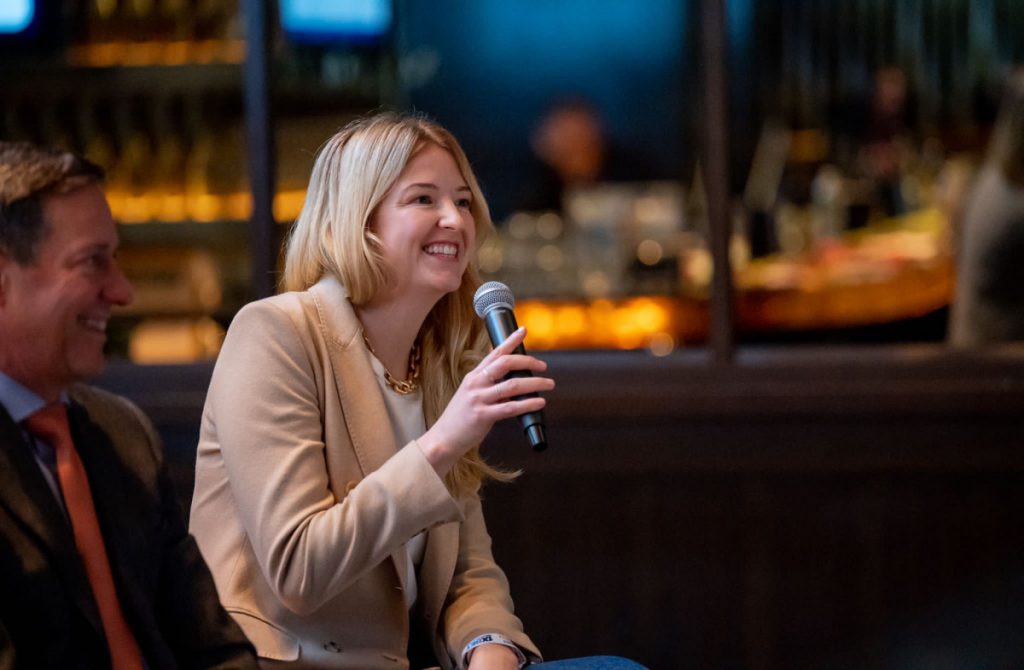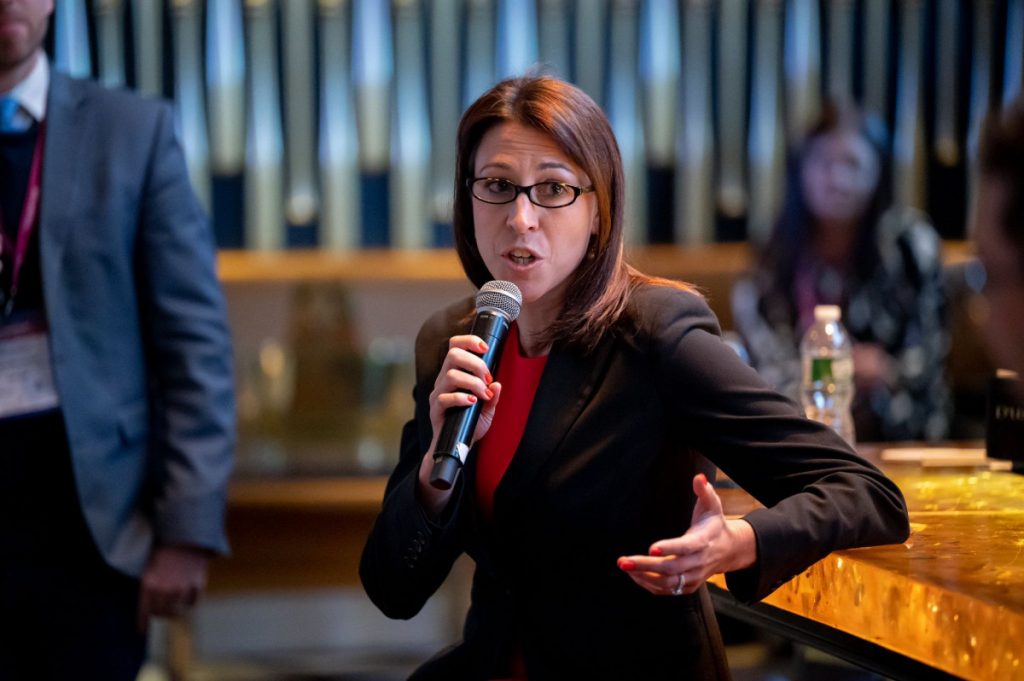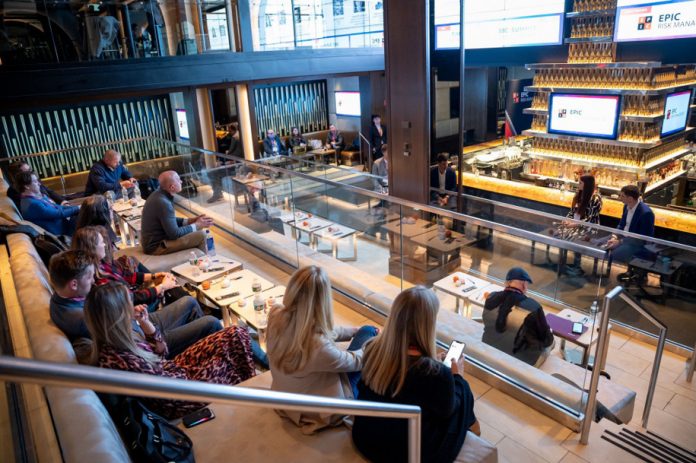Speakers at the EPIC Risk Management Player Protection Symposium recognized the need for a ‘unified front’ in the US betting and gaming industry in order to address and minimize the threat of gambling-related harm to consumers.
Participating in the EPIC Risk Management Player Protection Symposium, conducted in cooperation with SBC Events as a prelude to the SBC Summit North America between December 1-2, several prominent voices shared their opinions on gambling harm prevention in the US.
Focusing on the need for extensive cooperation between operators and regulators, Anna Sainsbury, Founder and Chairman of GeoComply, maintained that ‘the industry can’t do it alone’ when addressing gambling-related harm in the states.

“If the gaming regulators want to implement requirements for the industry, we also need the advertising and marketing industries and the sports leagues to put in standards for themselves; how do they want to be perceived?” Sainsbury observed.
“What does responsibility and supporting their consumers look like? “I think it’s actually up to us to reach out to these other industries and think about how we’re perceived if we’re to be successful in the years to come.”
LIkewise, EPIC Risk Management CEO Paul Buck noted that the US presents ‘a big opportunity’ to become the world’s leading betting and gaming marketplace, but noted that the potential for harm to bettors remains an ever-constant threat.
“The US has got a big opportunity to have the biggest and most successful gambling industry anywhere in the world, but there will be harm,” the CEO remarked.
As the North American betting and gaming scene continues to grow – with total gambling revenues set to reach $44bn in 2021 – EPIC remains concerned that the expansion of the industry could correlate with an increase in gambling harm.
The gambling harm minimization consultancy firm has become increasingly focused on the US, having opened an office in Delaware and initiated partnerships with sports teams such as Chicago Fire, but opinions voiced at its Symposium reiterated the need for cross-industry unity.
“It will be a small percentage, but it will be a significant number, even if it gets to the European figure of 3% of those who suffer serious harm, which equates to 10m Americans,” Buck continued. “We’ve got 100 people in this room – along with many others – who can make it the safest gambling industry in the world.”
Adding to the CEO’s comments, Brianne Doura-Schawohl, EPIC’s VP of US Policy and Strategic Development, outlined her belief that an approach combining innovation, technology, digital, legislative, and physical support was an ideal way to counter harmful threats.

She remarked: “We should make sure people are getting help in the same way they’re playing, and this is why I’m talking to legislators like Brandt Iden and regulators like Christopher Hebert to try and make that happen.
“Let’s make sure that the policy is not only reflected on what the market and customers are demanding but of those that are vulnerable.”
Finally, building on his own lived experience of gambling-related harm – a concept which EPIC places at the forefront of its operations – radio presenter and keynote speaker Craig Carton emphasized what he believed was a need for unity among US operators when tackling the issue.
“In the next 12 months, I’d love to see a unified front among all the operators,” he stated. “If one operator cuts somebody off, they all do. It’s like what happened to me; when I was excluded from online wagering, that affected me everywhere, I can’t gamble with anybody. If you say no to somebody, then everybody should say no to somebody.”














